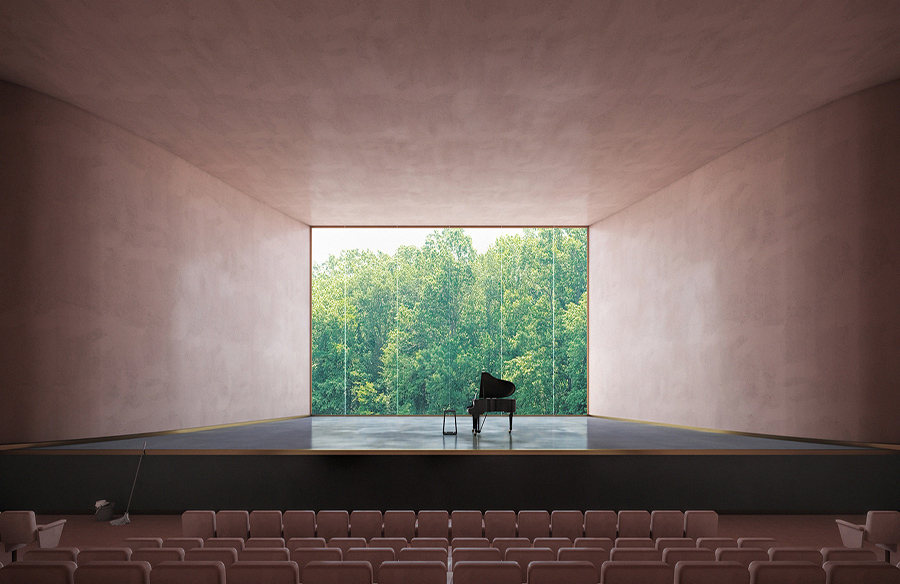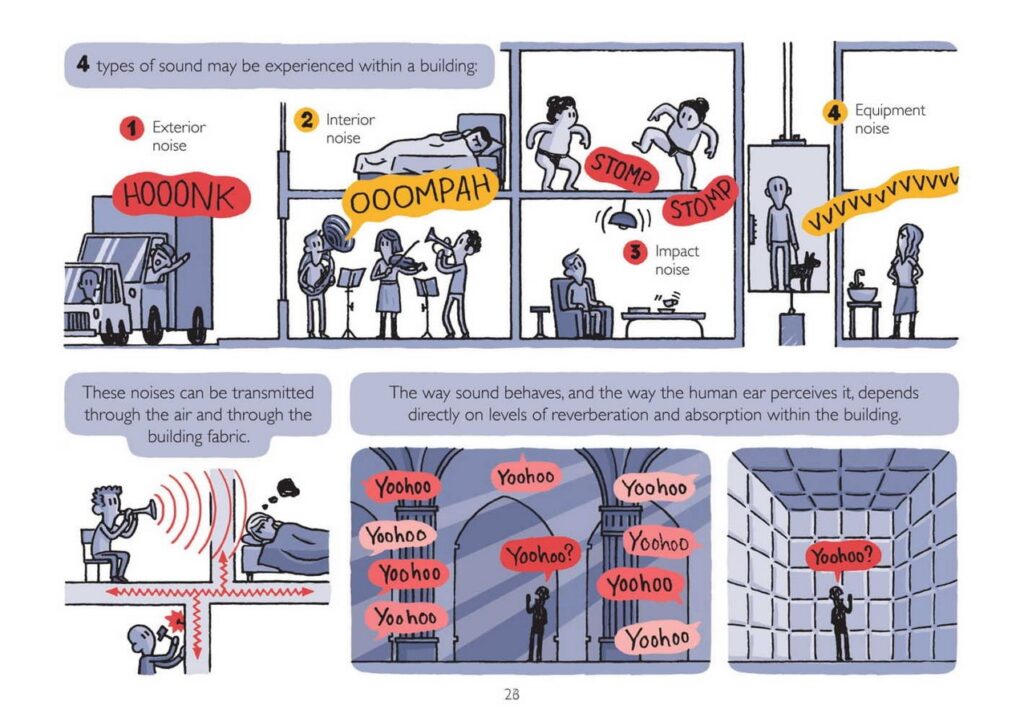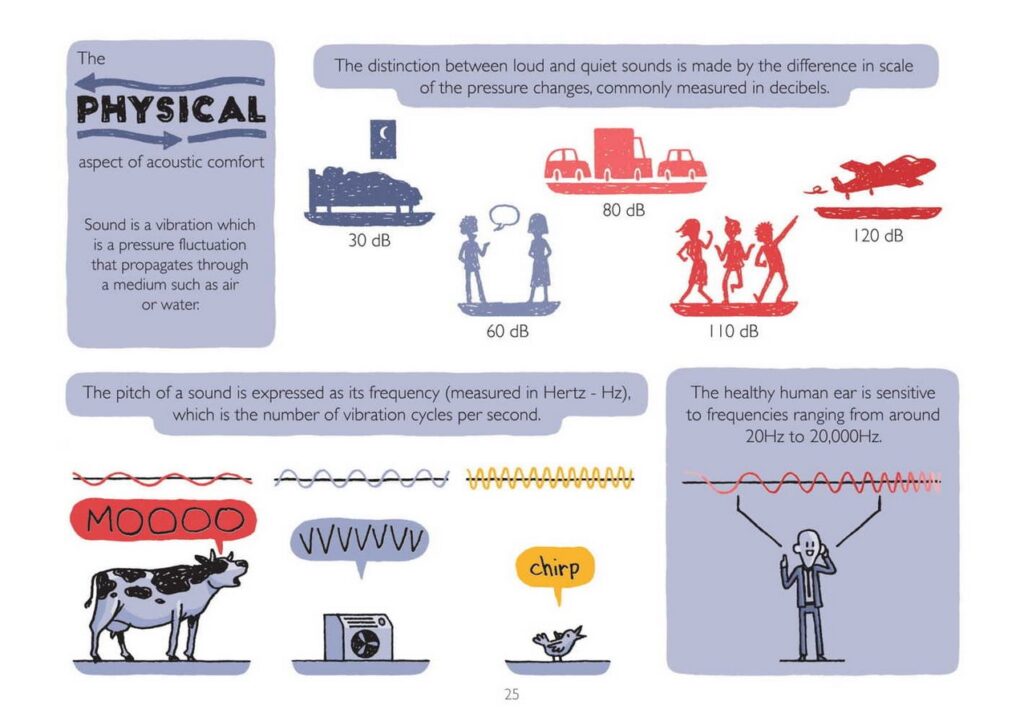In today’s densely populated urban areas, the prevalence of loud environments in restaurants, stores, hotels, and offices can deter patrons. Selecting a venue for a meeting or a night out with friends often involves considering a location where conversation can be easily heard and enjoyed. As our world grows louder, it becomes increasingly challenging to focus on the sounds we desire to hear. Understanding the basics of acoustics is essential for architects to create spaces that prioritize comfort and well-being.
The Role of Acoustic Comfort
Throughout history, our ears have served as a warning system for approaching danger. While their function remains unchanged, modern hazards differ from those of the past. Unwanted noise can lead to various health issues, including hearing loss, cardiovascular problems, headaches, and sleep disorders. Given these significant consequences, architects should not rely solely on consultants to address the acoustic comfort of their designs.
Mechanisms of Acoustic Comfort
Sound is perceived through the outer, middle, and inner ear, where vibrations stimulate nerves and are interpreted as sound. Sound intensity, measured in decibels, determines volume, while frequency, measured in Hertz, determines pitch. Achieving acoustic comfort involves controlling sound sources, both external and internal, to optimize reverberation and absorption within a space.
Design Considerations
Creating spaces conducive to acoustic comfort requires careful consideration of various factors, including building program, cultural habits, noise types, construction materials, and systems. External noise levels should be forecasted through site analysis, as computer simulations alone may not accurately capture human perception. Architects play a crucial role in selecting materials that minimize sound reflections and transmission while enhancing the aesthetic and functional aspects of a building.
Architectural Intervention
Architects should actively participate in selecting materials that contribute to acoustic comfort. Customizable options such as acoustic panels and glass can reduce sound transmission without compromising transparency or design intent. Additionally, noise-proofing sealants help minimize gaps and cracks to prevent unwanted noise leakage. On-site testing ensures that specified performance standards are met, further emphasizing the architect’s role in achieving acoustic excellence.
Importance Across Building Typologies
Acoustic considerations are essential across various building typologies, from hospitals and educational facilities to residential and commercial spaces. Each type of building has unique acoustic requirements, highlighting the importance of thorough research and knowledge in architectural design. Technologically advanced materials play a crucial role in maintaining world-class acoustics, particularly as cities densify and environmental factors influence noise levels.
Conclusion: Prioritizing Well-Being
In conclusion, acoustic comfort significantly impacts our overall well-being, productivity, and quality of life. Architects must proactively integrate acoustic principles into their designs to create spaces that promote comfort, productivity, and overall well-being. As our environments evolve and noise levels increase, architects play a vital role in ensuring that our built environments prioritize acoustic excellence for the benefit of all occupants.


























